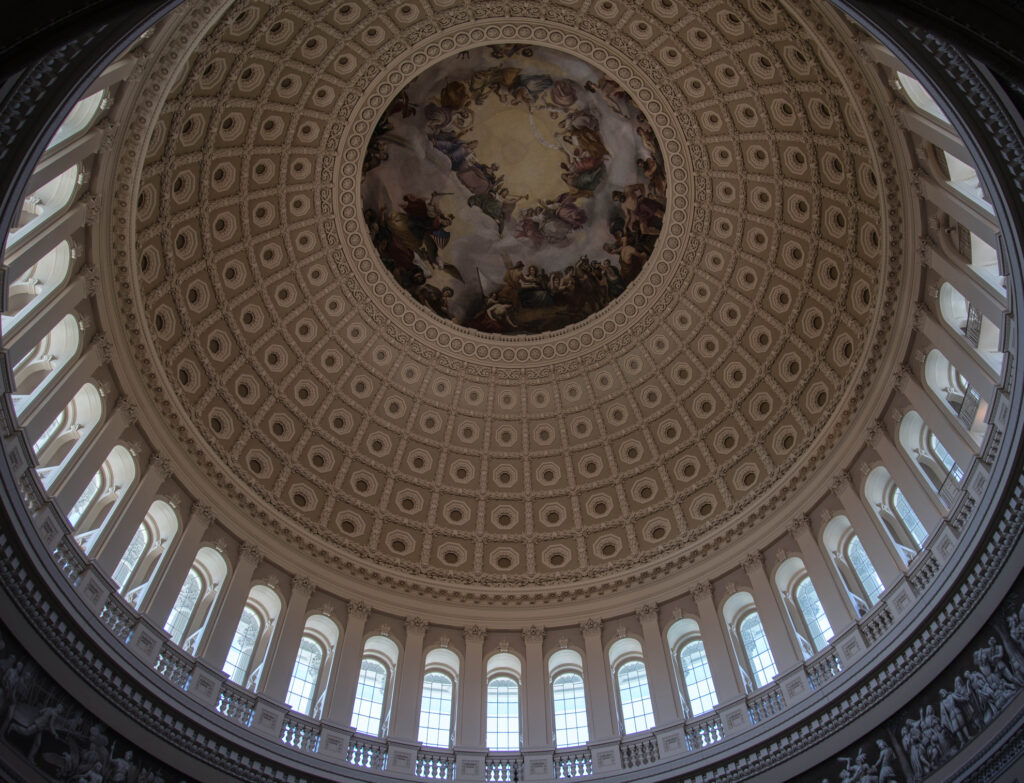A Brief Republican Autopsy of the 2022 Midterms


Image Credit: WendyOlsenPhotography
Gas prices hitting record-breaking highs, inflation breaking 40-year records, the sitting president’s approval rating at 39 percent, and one-party control of both chambers of Congress. This perfect storm signaled that the 2022 midterm election would provide the minority party a once-in-a-decade opportunity to make substantial gains nationwide.
Many Republican consultants, operatives, and pollsters coined 2022 as a year that the Republican Party would win races where the Democrats’ registration advantage was so large they would have been unthinkable flips in the past two election cycles.
So what went wrong?
Early and mail-in voting has been on the rise since 2014. According to a study by the US Election Project, early and mail-in voting in the 2018 midterm was 42.6 percent higher than in the 2014 midterm.
The trend continued with the 2018 midterm having more early and mail-in votes cast than the 2016 presidential election, particularly unusual because historically presidential elections have 20 percent more turnout than midterms. The COVID-19 pandemic threw gasoline on this trend with early and mail-in voting skyrocketing over 159 percent in the 2020 election compared to 2018.
While many states have since scaled back early and mail-in voting programs implemented in the 2020 election, the 2022 midterm still saw a 17 percent increase over the 2018 midterms, and this trend is expected to continue in the 2024 presidential election and beyond.
Democrats historically outperform Republicans in early and mail-in voting. The Pew Research Center found that in the 2020 primary elections, 43 percent of Democrats said they planned to vote by mail compared to 29 percent of Republicans. The proliferation of early and mail-in voting combined with Democrats’ historic advantage in these avenues should have prompted Republicans to change their strategies for the 2022 election.
Field operations, grassroots outreach, and digital advertising earns early and mail-in votes. A well-run, fully staffed field operation can increase voter turnout by approximately 6 percent.
By leveraging the plethora of voter data on requested absentee ballots, field operations can be significantly enhanced and targeted to increase their effectiveness in turning out additional early and mail-in votes. Additionally, digital marketing can work in tandem with field operations to improve Get Out The Vote (GOTV) efforts by providing personalized information to voters in regard to registration deadlines, early voting center locations and hours, and instructions on how to request an absentee ballot.
As evident by reviewing campaign budget allocations, the majority of Republicans didn’t prioritize these outreach strategies. Democrat campaigns invested almost triple the amount into staff salaries as Republicans. OpenSecrets reported in 2022 that Republican campaigns spent 3.6 percent of their budget on staff salaries while Democrats spent 10.5 percent.
This increased spending equipped Democrats to recruit, train, and deploy more staff to bolster their field operations. These efforts along with their historic advantage in early and mail-in voting successfully negated the widely-predicted Republican-favored headwinds.
While the Republican Party did miss its target in many of the 2022 races, several elections around the country met the lofty expectations espoused by pollsters. For example, now-Rep. Mike Lawler, a former State Party Executive Director and political consultant, stunned the nation by defeating DCCC Chairman Sean Patrick Maloney, who held a 7-percent registration advantage over Republicans.
Likewise, the country watched in awe as Gov. Glenn Youngkin overcame Virginia’s 4.6 percent Democrat registration advantage to defeat former Gov. Terry McAuliffe in 2021. What did these two campaigns do differently than those who failed while facing little or no registration disadvantage? They prioritized organizing a formidable field operation, grassroots outreach, and complimentary digital advertising strategies that pushed them over the 50 percent threshold on Election Day.
Republican campaigns and consultants must keep up with the growing Democratic mail-in and early voting advantage by reevaluating how campaign resources are allocated. No single facet should come at the cost of developing a winning field operation. Only by adapting our strategies to this new electoral environment, will the Republican Party be able to avoid losing more winnable races in the future.
Davis Boyer has worked on campaigns throughout the U.S. and spent 6 years on Capitol Hill. He is currently Co-Founder of Tholander Consulting, a conservative consulting firm that specializes in digital advertising and fundraising. He lives in Silicon Valley with his wife Alexah and dog Pearl.
